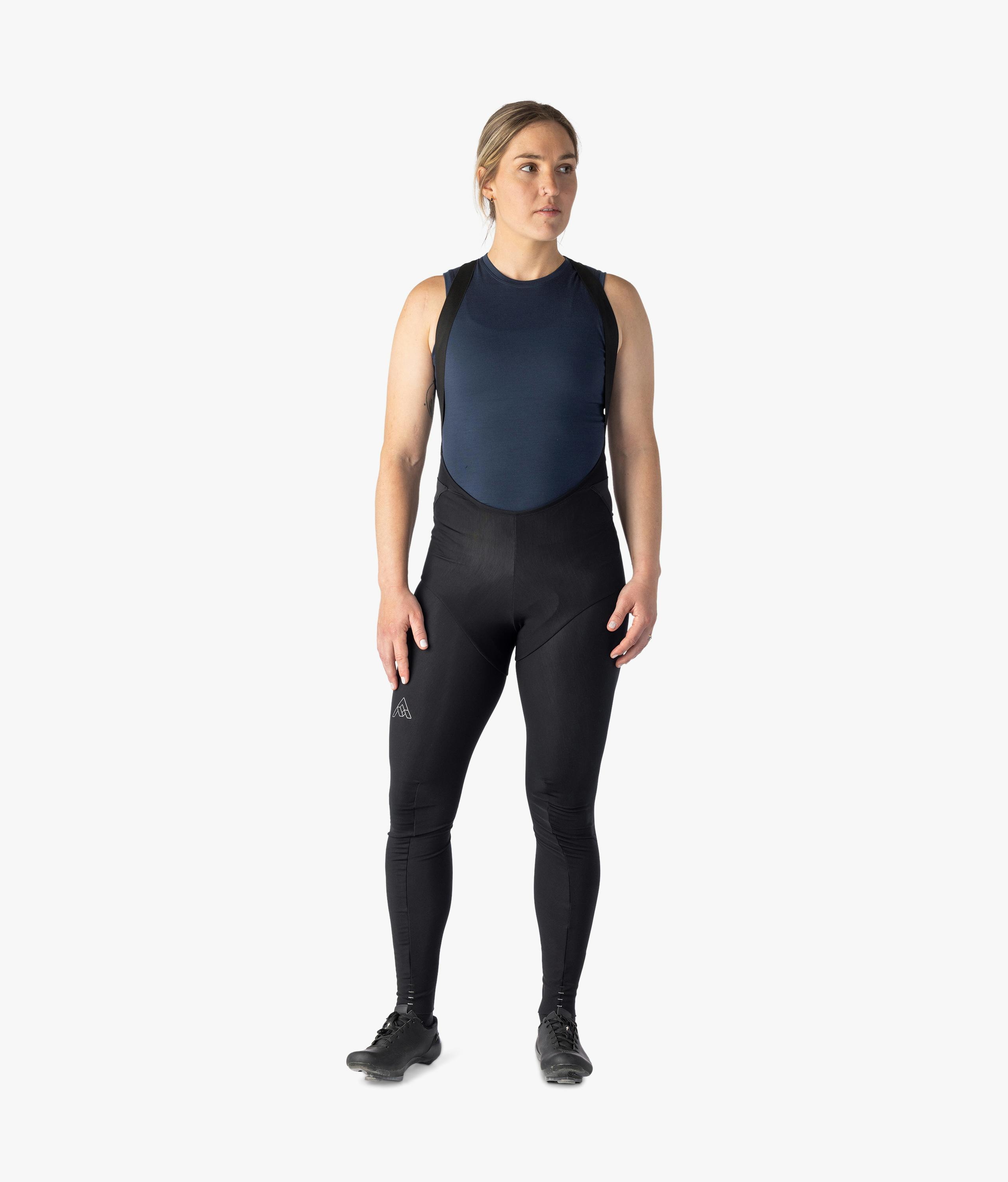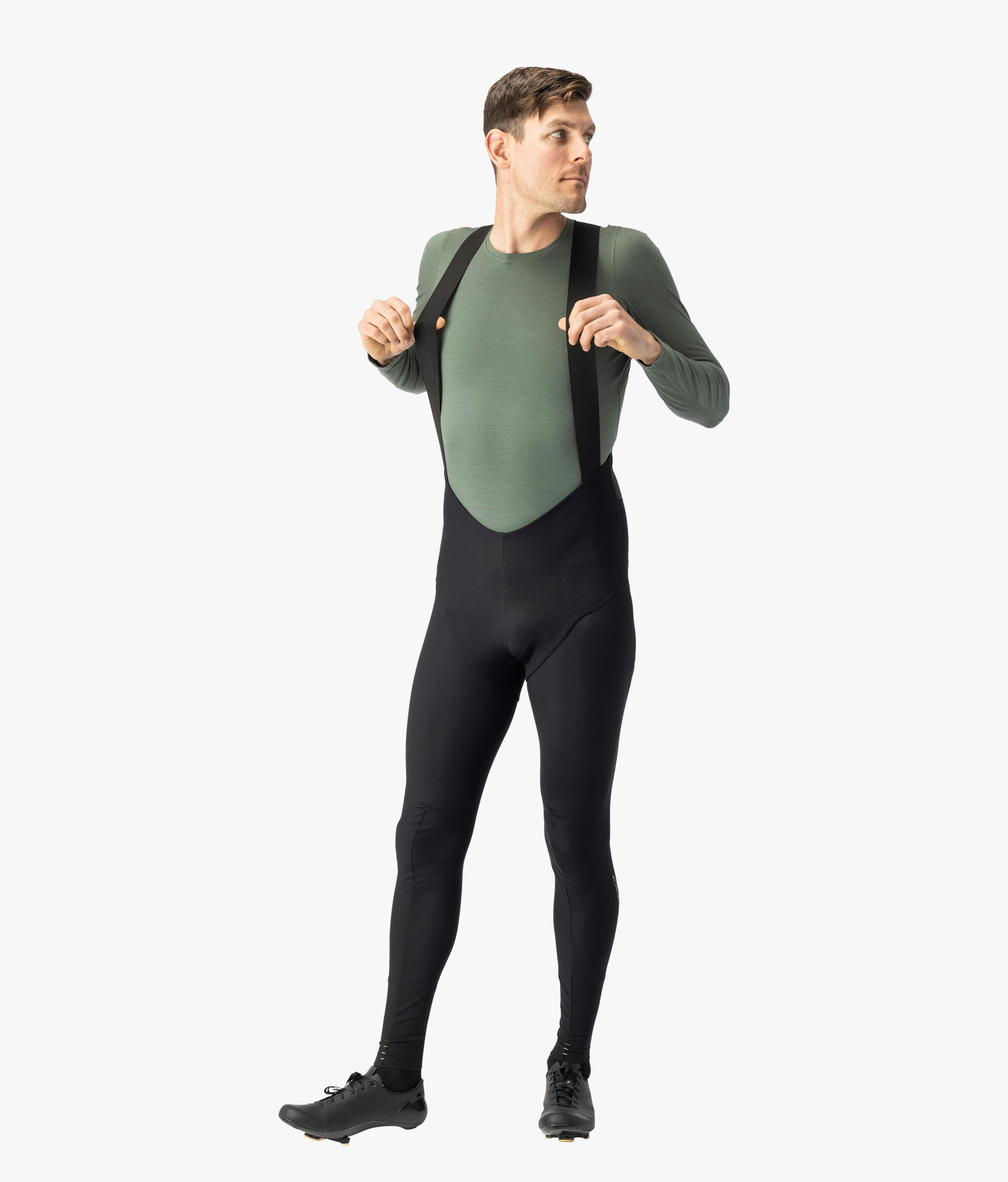Our Winter Survival Guide - No More Excuses
Ready to get off the trainer and into the outdoors? Here’s our guide to ensure you have everything you need to get out there and stay out there—whatever the weather.
Words: Daisy Maddison
Photos: Various
Here at 7mesh, we truly believe that age-old maxim: “there’s no such thing as bad weather, only unsuitable clothing.” And in light of that, we’ve developed this guide to ensure you have everything you need to get out there and stay out there—whatever the weather.
Proper preparation is key to having fun in challenging conditions. Yes, winter riding can be cold, dark and dangerous—stay with us here—but it can also be exhilarating, super-serotonin boosting and a welcome provocation. Without a doubt, the amount of joy and appreciation we get from our rides grows in proportion to the amount we endure the elements and build tolerance for less favourable conditions.
We also know that with the correct layering system and outer protection, you can stay warm, dry and comfortable through the harshest months. So, it might be winter, but it’s time to get off the trainer and into the outdoors.
Layering
Ah the art of layering. Many have tried and failed. Luckily we’ve perfected it.
The crux of layering for winter riding is this—ensure you have the right fabrics, take more than you need and stash them when you don’t. Wearing more but thinner layers will trap pockets of air to insulate your body without adding bulk. So having the correct system of breathable, wicking layers will regulate your temperature more effectively and keep you comfortable mile after mile.
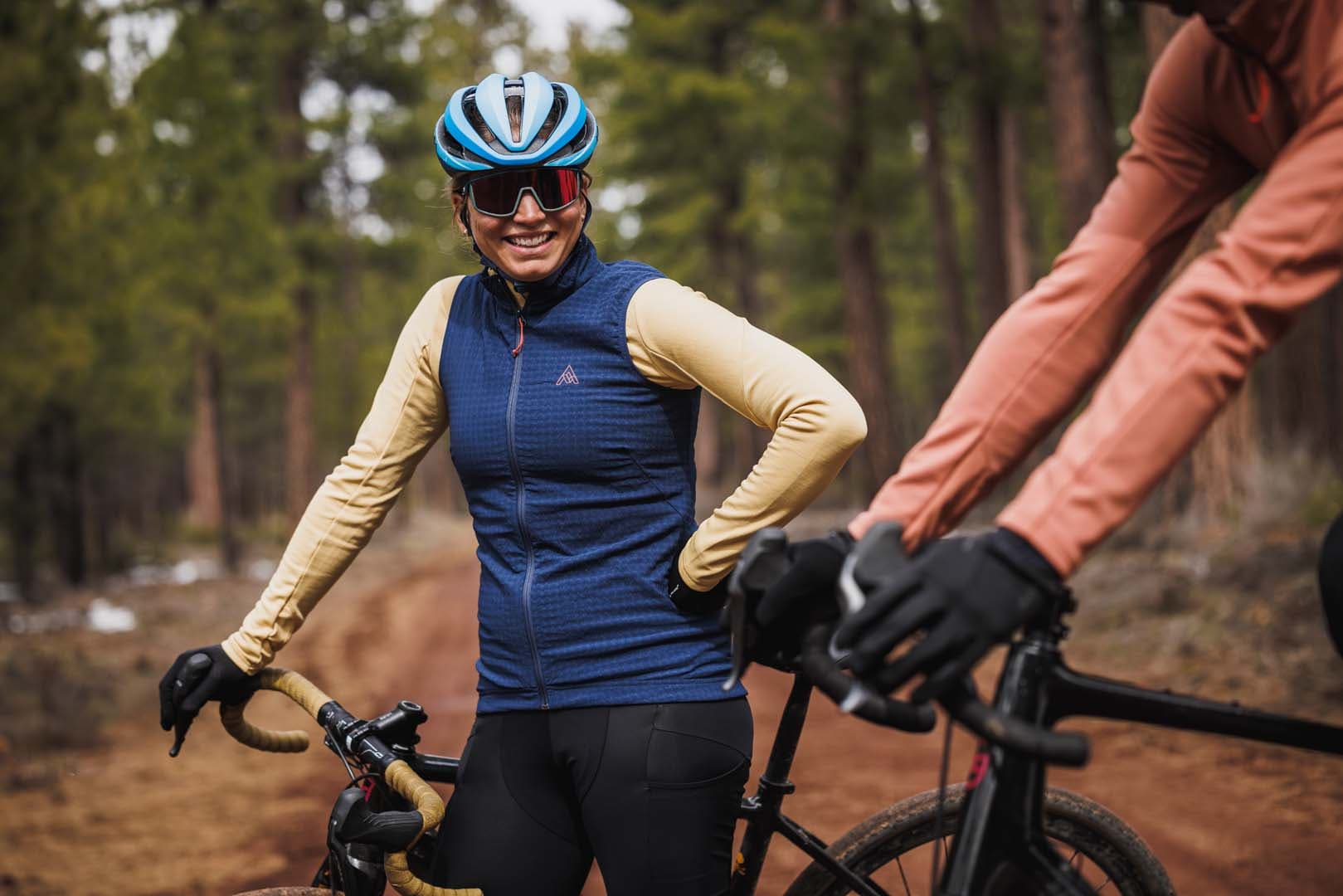
Base Layers
As your base layer is the one closest to your skin and your core—where we store most heat—you’ll want to choose items that expertly wick moisture. By moving sweat and moisture away from your body, base tops, tights and underwear help to keep your core warm and dry; essential for those longer, colder rides.
Top tip? Choose soft against your skin product for additional comfort in the cold like the Tk1 Bib Tight. You’ll also want them to breathe while you sweat.
Mid Layers
When it comes to tough conditions, Canada doesn’t hold back. Thanks to our proximity to the snow-covered Coast Mountains, we’ve tested mid layers and thermals in some of the world’s most challenging conditions. Our main conclusion? You want a mid layer that’s insulating but not heavy; breathable, but not drafty.
Our mid layer and thermal collections use premium fabrics like Primaloft®, Polartec® Alpha, and our new WTV thermal insulation. One thing to consider here is warmth-to-weight ratios—the more warmth per gram, the better.
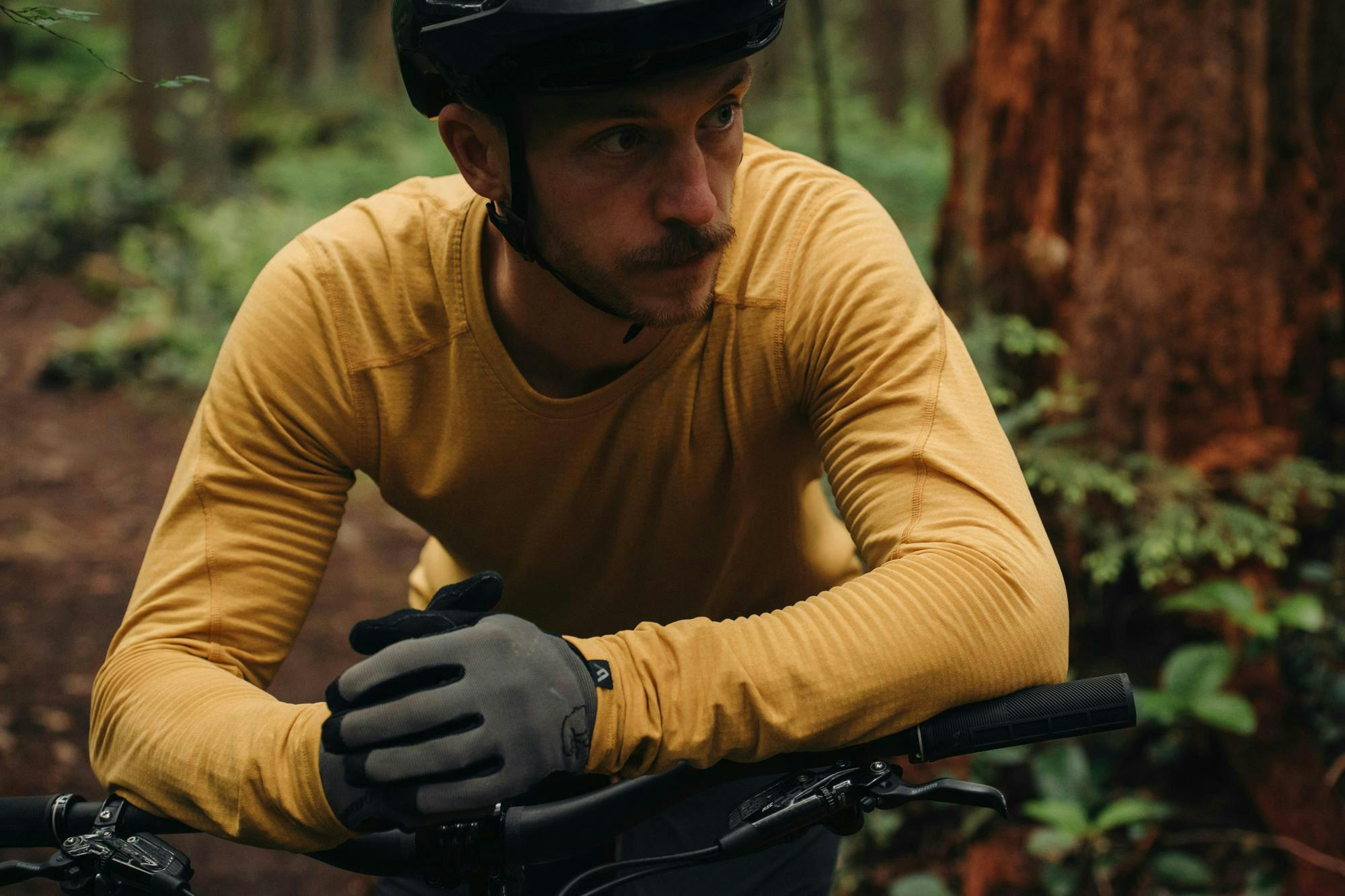
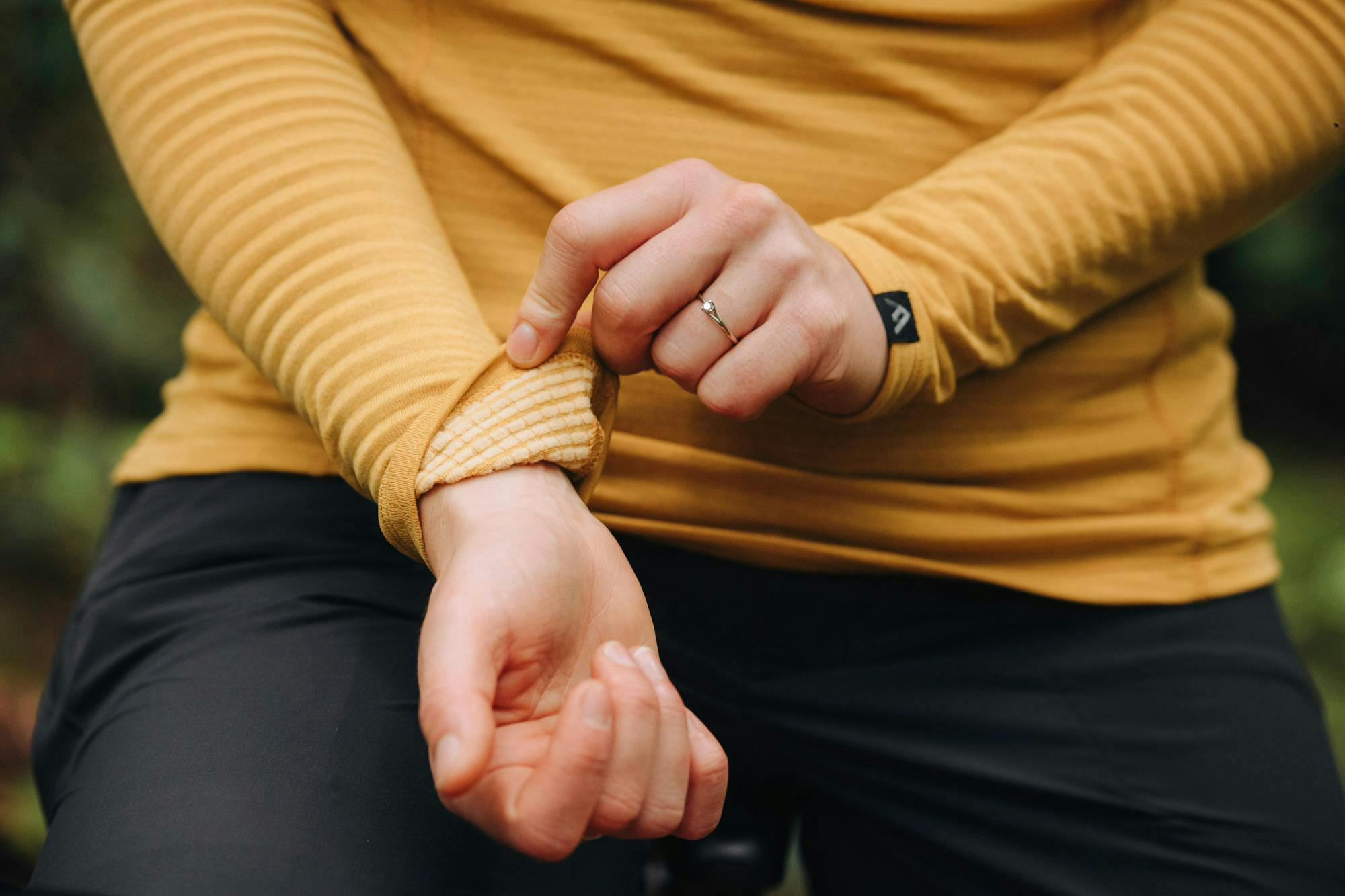
Outer Layer
You’ve got your base and mid layers dialled, but without a suitable outer layer, you probably won’t last long in the winter months. Wearing the correct wind or waterproof jacket and pants is vital for staving off the elements.
To operate in extreme conditions, an outer layer has to go beyond blocking the rain or shielding you from the wind. The ideal candidate should offer the perfect balance of protection and breathability when the weather comes in, and that’s why we’ve developed a range of best-in-class protection for all-mountain winter riding.
Working with pinnacle fabrics, features and design, 7mesh outer layers epitomize our relentless pursuit of perfection. Whether you're hitting the trail or the road and going for a quick ride or a longer mission, we know there’s a fit and a style that will keep you sufficiently dry and warm. With patterned features like dropped rear hems and space of mobility in the arms, 7mesh outerwear is designed for bike use, so you can forget what your gear is doing and focus on your riding.
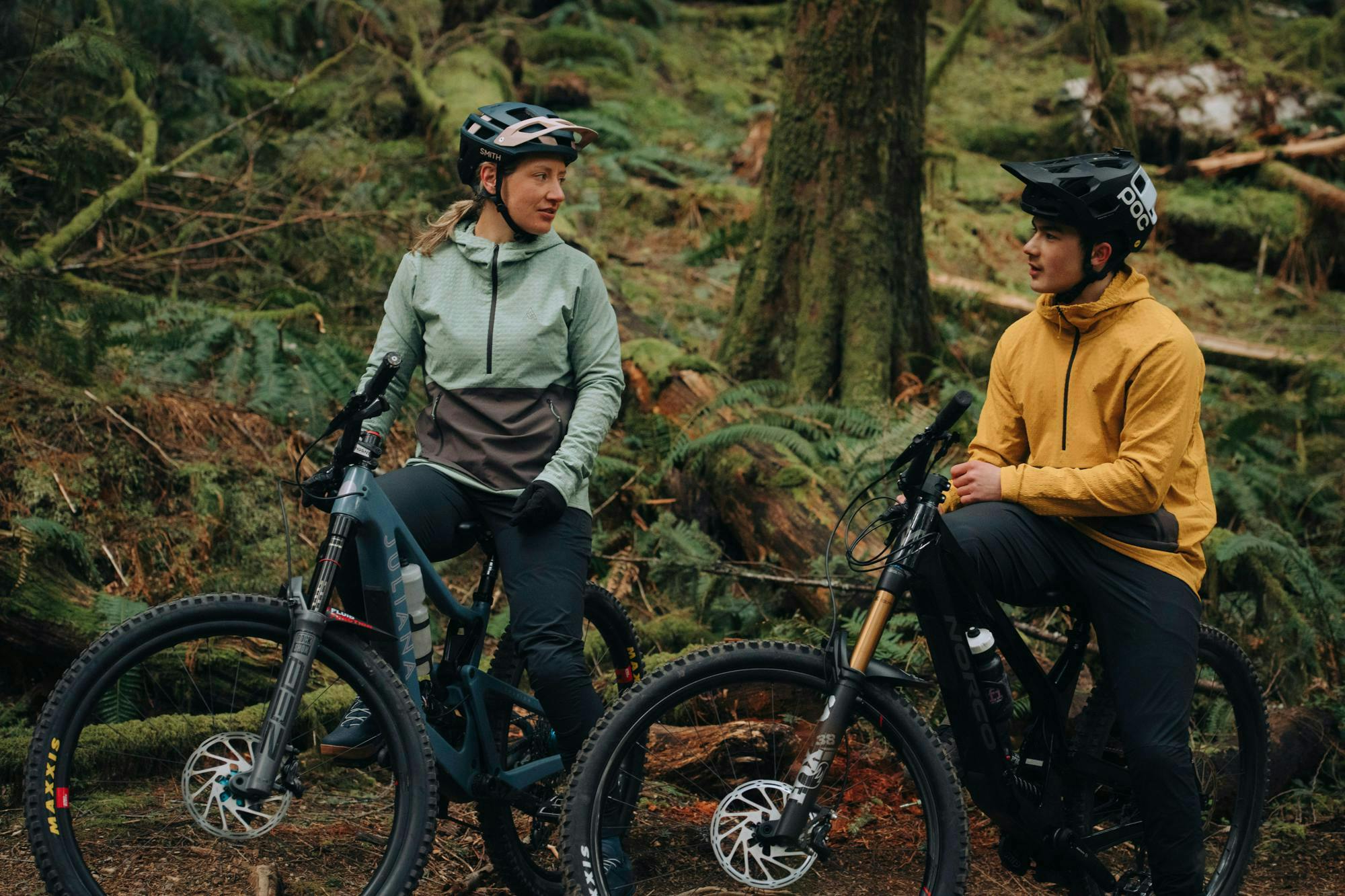

Keep Dry
When the weather takes a turn for the worse, you want protection you can rely on. Combining best-in-class GORE-TEX fabrics and DWR (durable water repellent) coating, 7mesh’s range finds harmony and balance in weight, breathability and those changeable conditions.
For optimum protection and minimal overheating, a waterproof jacket and pants (or water-resistant tights or pants) will keep you dry from the inside out and are ideal for wet winter rides. Plus, GORE-TEX will keep you warmer and dryer than any other material.
The best way to ensure your GORE-TEX stays in good shape is to wash it often—exposure to dirt, sweat and frequent use will impact its effectiveness. To keep it performing at its best, cleaning and caring for it regularly is important. For instructions on how to wash and treat your GORE-TEX, always check the label.
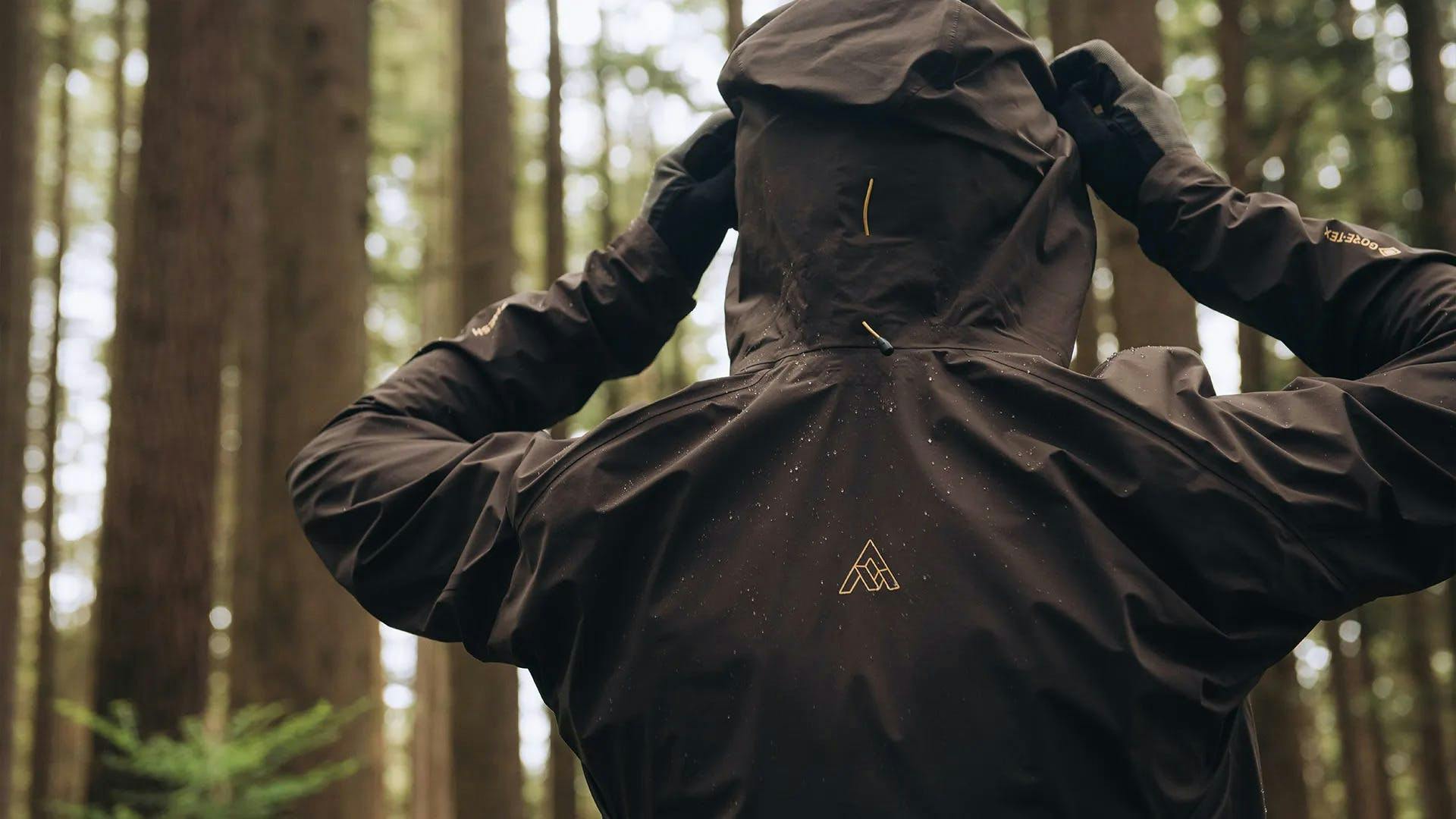
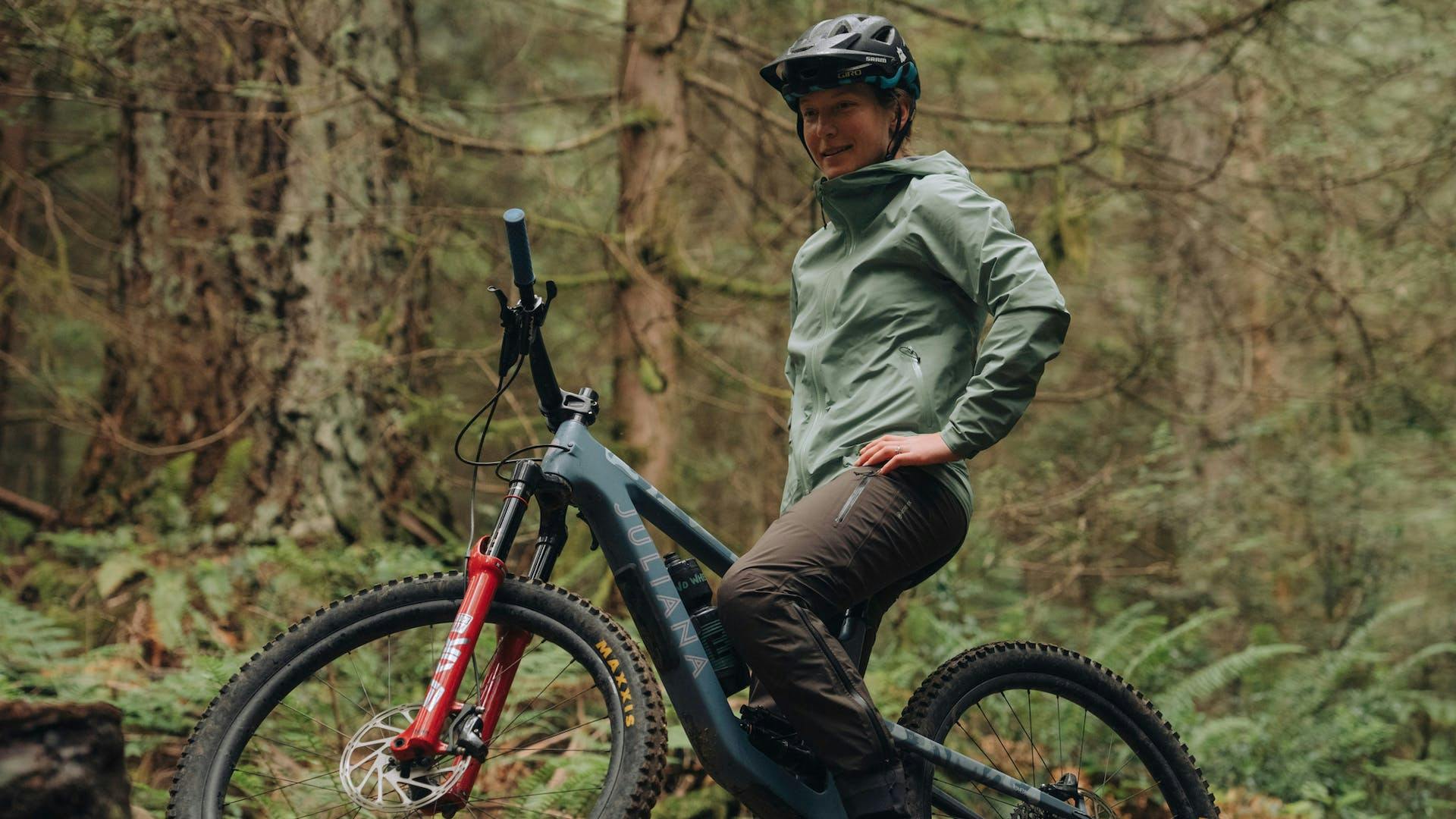
Back Ups
Nobody wants to be caught short. Luckily with our handy stash systems, it’s easy to take emergency layers with you on the go. Whether you’re packing a jacket into its pocket, clipping a waterproof to your frame, or stashing an extra layer in your jersey with our Anything panel, taking additional items for your ride can be the difference between reveling in discomfort and drowning in misery.
Reflective Details
Winter riding also means shorter days. Often we’ll be out before or after work, which means riding in the dark. Wearing contrast colors and reflective panels in critical areas on your top and bottoms will make sure you’re seen when it matters most. Fortunately, our winter riding styles have both. Stay visible, no matter the conditions.
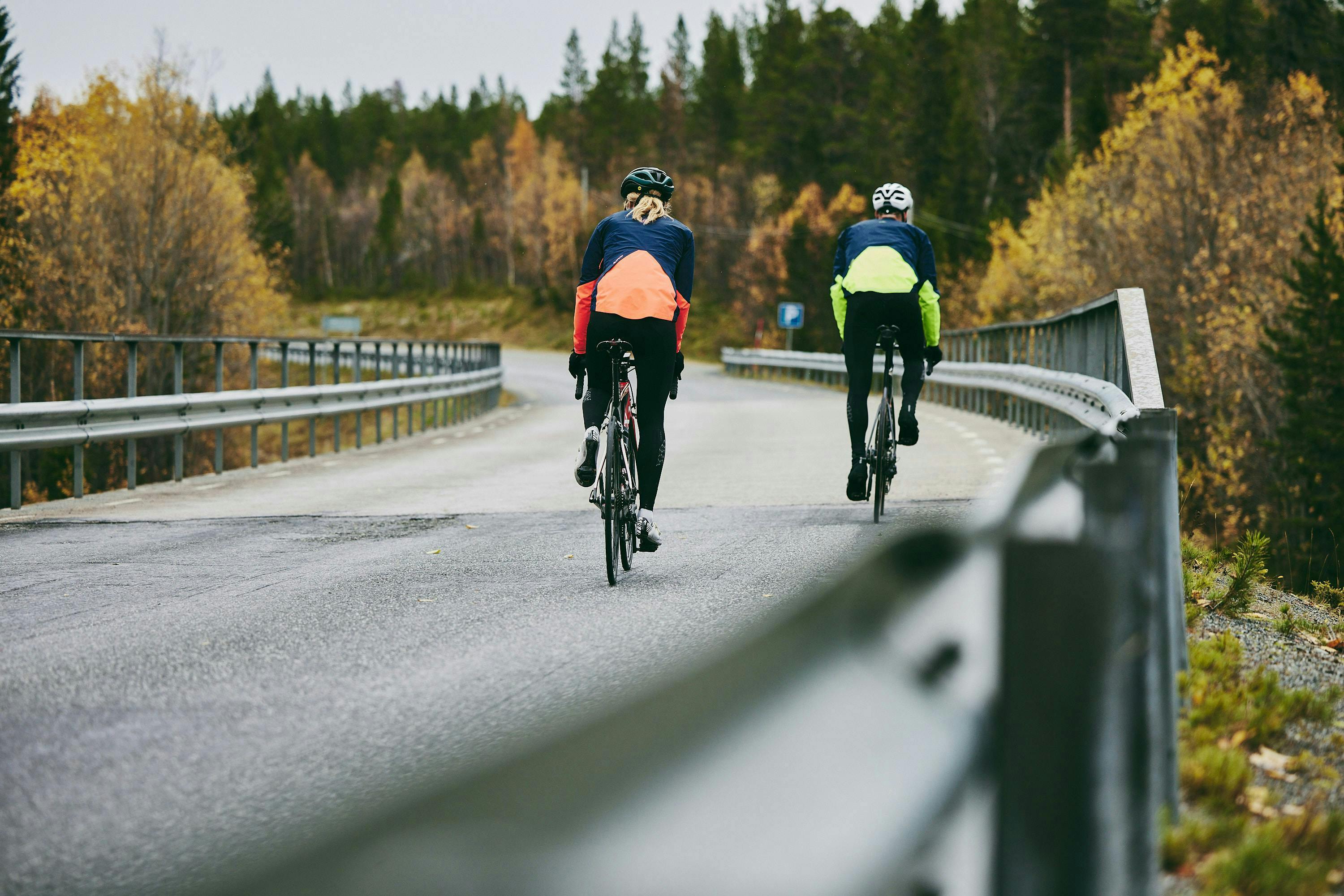

Accessories
Not having accessories for winter rides is like going backcountry riding without a pump; you just wouldn’t do it. Accessories like neck covers are versatile additions that can add warmth without much hassle. A no-brainer, right?
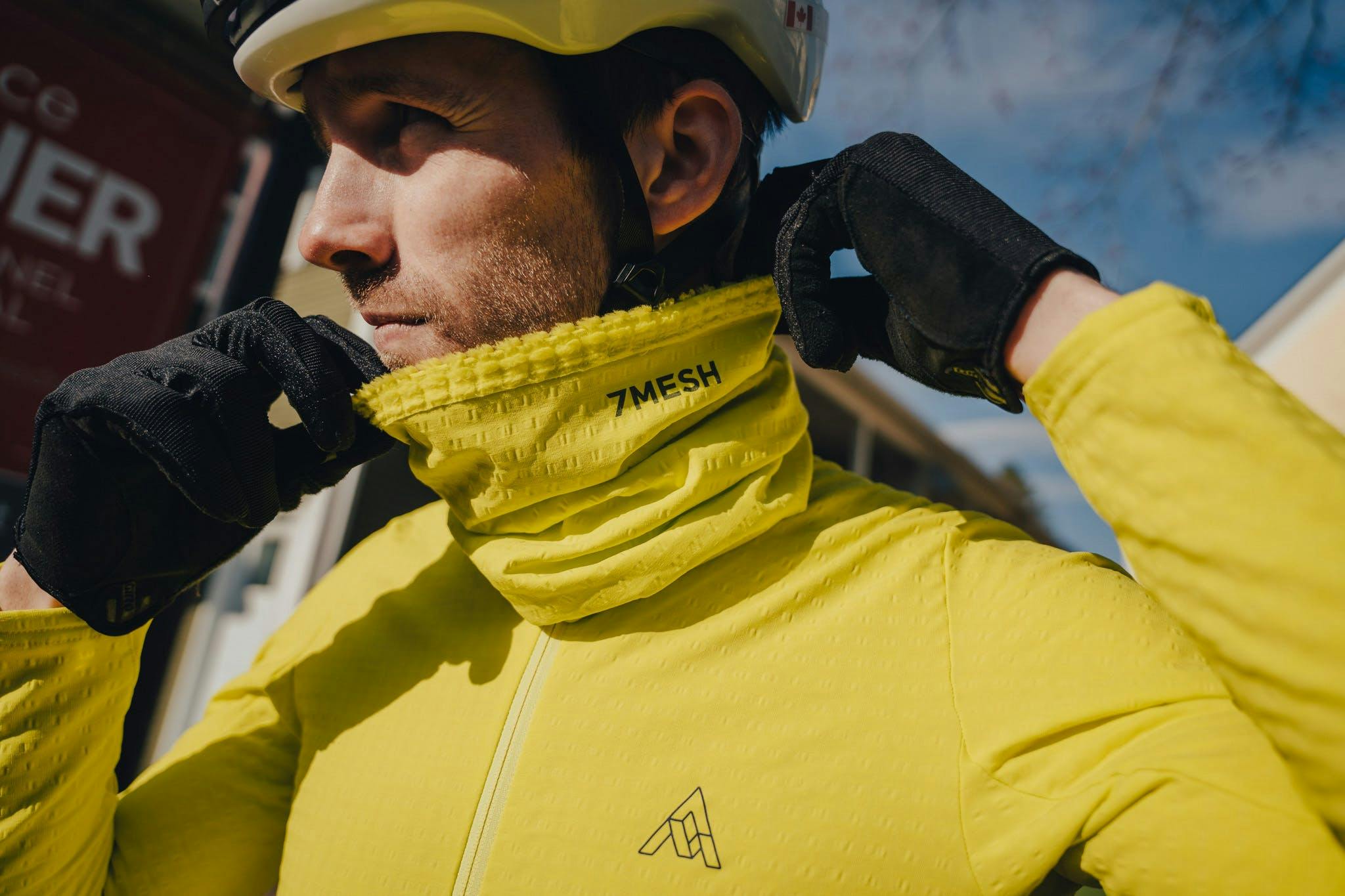
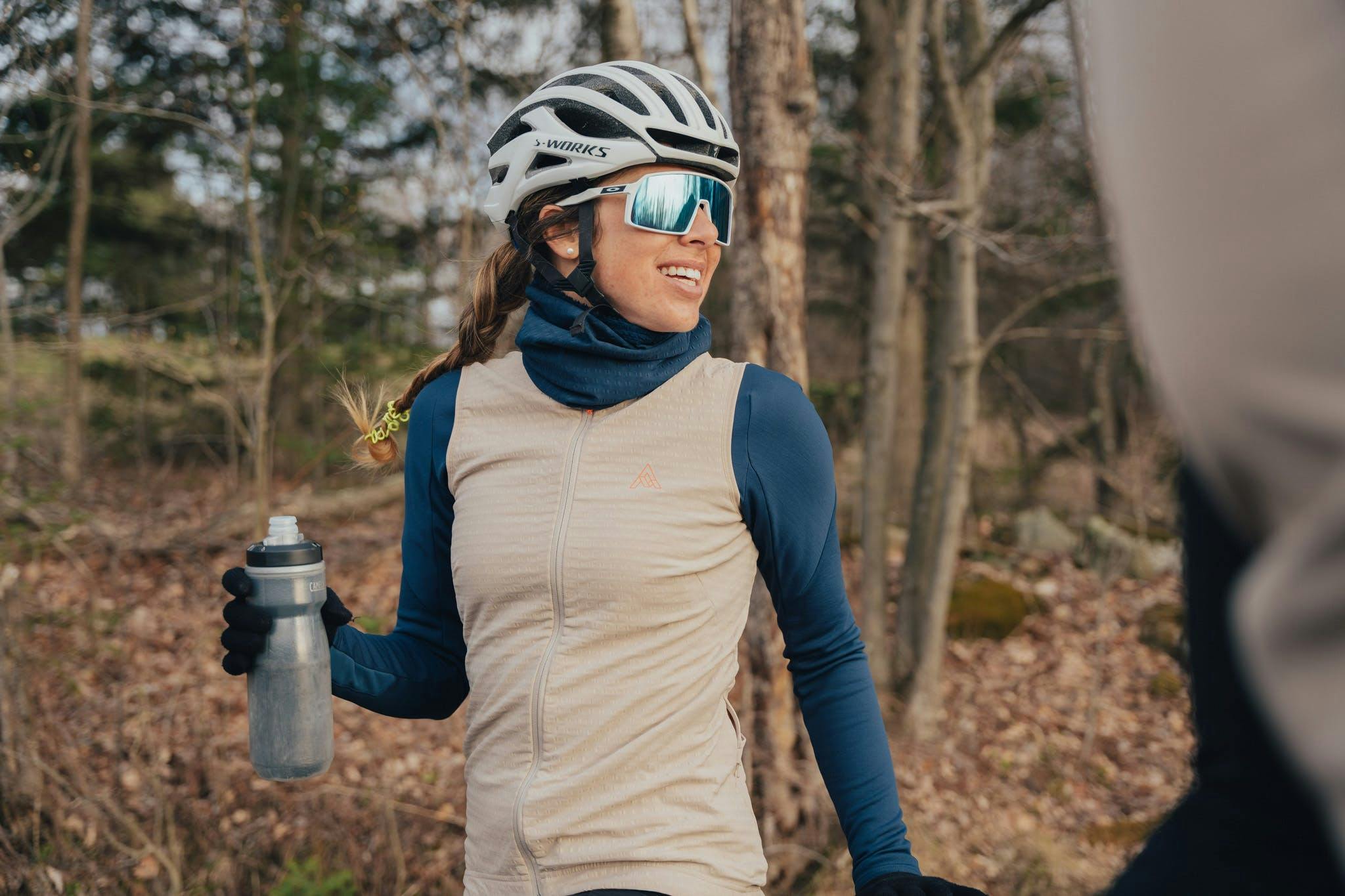
Check Weather
Ideally, you want to be out there when it's not abysmal. Aiming for a weather window will hopefully mean you find the time of day when it's driest, so check the forecast and plan your ride accordingly.
The weather window is much shorter in winter than it is in summer. If you're riding in the dark at night or early morning (which are often best for visibility), prepare for rain or snow before heading out onto icy roads.
Pick your ride
The first step of winter riding is to know your terrain. If you're riding in the snow, go when it’s hard and pick hard-pack trails where you can. You also might want to ride slower than usual and keep an eye out for hidden hazards like rocks and tree roots. And if it’s super wet, aim to ride slower stuff or hard ground.
In winter, it’s less about the distance and more about embracing the conditions and just getting out there. Appreciate the small things; take the small wins!
Misery does loves company, so grab your closest winter riding friends to help you brave the elements and make the most of any conditions.
Now you have the tools for the job, get out there and ride!




